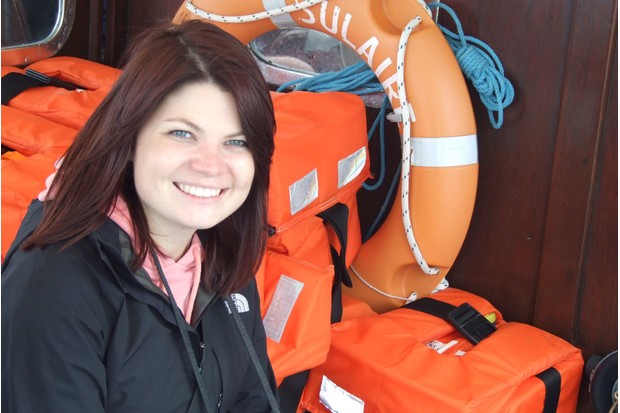Osprey champion, Brett Westwood: "A fishing osprey is dedication distilled. As it plunges waterwards those glaring eyes have one focus – the fish soon to be hoisted aloft in a cloud of spray and carried to the bird’s huge dishmop nest.” Brett is a BBC Radio 4 presenter
Ospreys are making a big splash in Britain. Their return from the brink of extinction is a heartwarming success story – from a single pair in 1954, they have bounced back to 270 pairs in Scotland, England and Wales today. In 2001 ospreys were introduced to Rutland Water and colonised Cumbria, and – helped by the spread of young birds – they reclaimed Wales in 2004 and Northumberland in 2009.
“Hopes are high that birds may soon nest at wetlands in Derbyshire, Somerset, the south coast or East Anglia,” says Tim Mackrill of the Rutland Osprey Project. “Artificial nests attract unpaired young adults looking for a territory – a third of Scottish nests are artificial.”
Ospreys are easy to identify, though in some views can resemble large gulls due to their pale plumage and flight style. Migrants turn up at fresh waters almost anywhere during their northbound migration in March–May and southbound return in August–September, but to be sure of unforgettable views visit a breeding site. A dozen or so British osprey nests (including at the four sites listed below) have observatories with webcams, telescopes and experts on hand to show you the birds.
For the thrill of an osprey fishing, head to the waterfront hides at Manton Bay on Rutland Water or Rothiemurchus Trout Fishery near Aviemore. At the former site, a reservoir home to five nesting pairs in 2013, you can also enjoy an osprey-spotting cruise on the Rutland Belle.
Best places to see an osprey
- Bassenthwaite Lake, Cumbria
- Cors Dyfi, Powys
- Loch of the Lowes, Perth & Kinross
- Rutland Water, Rutland
